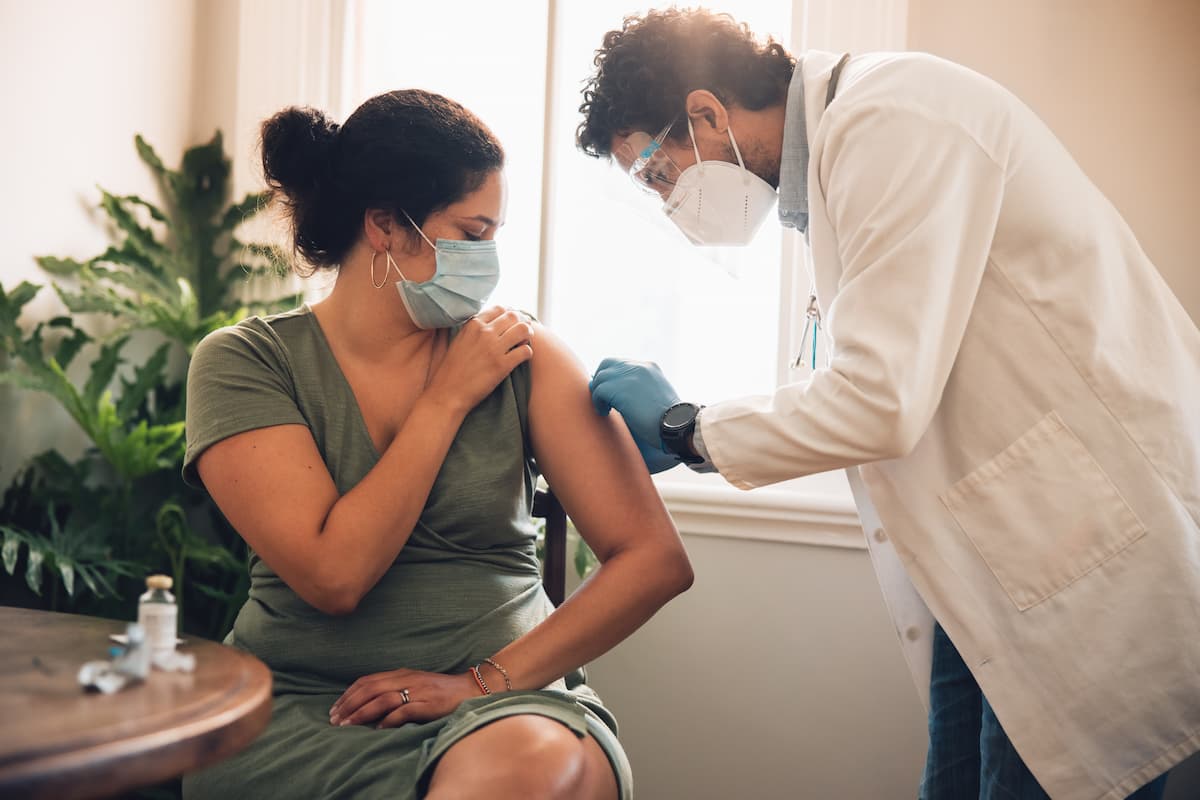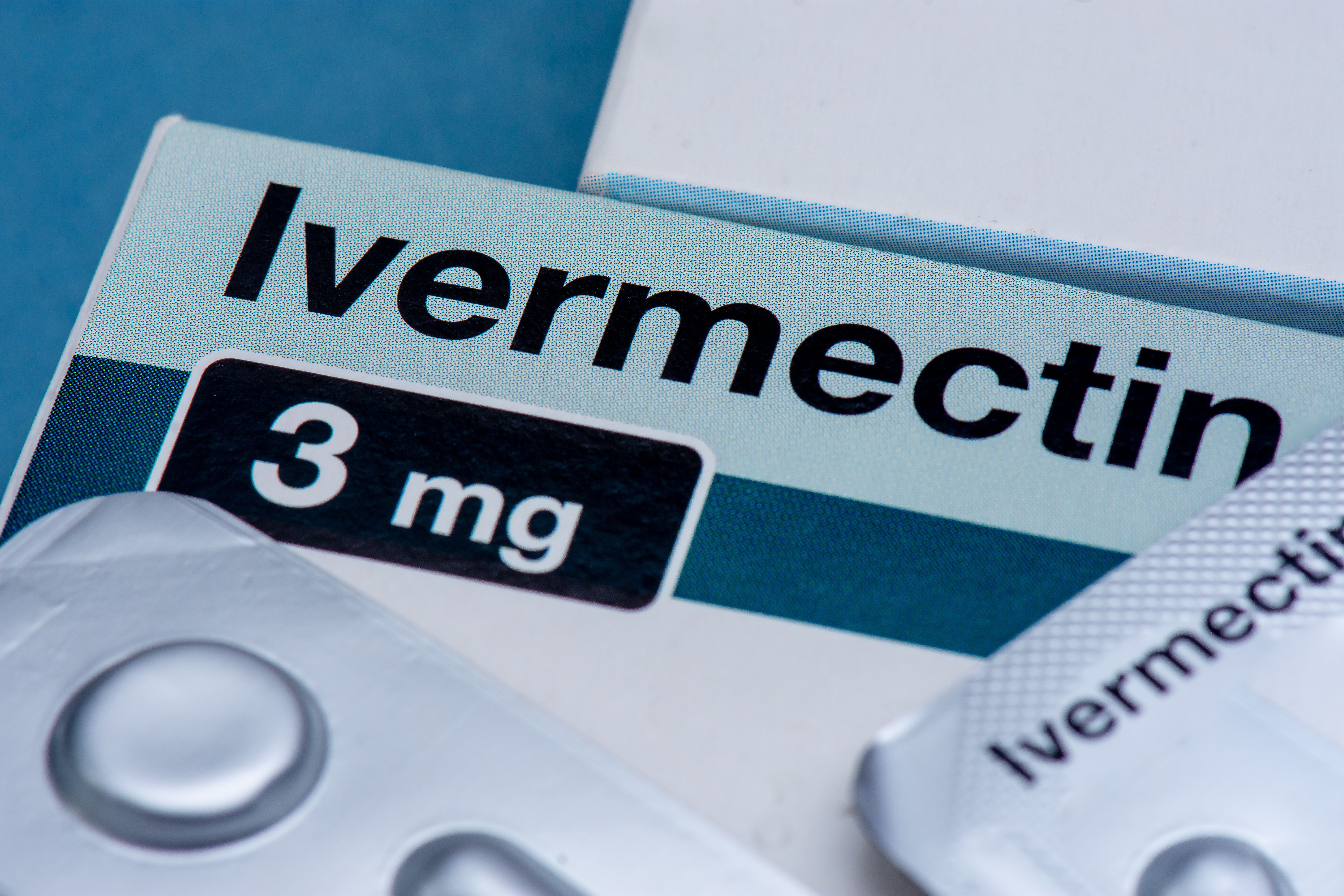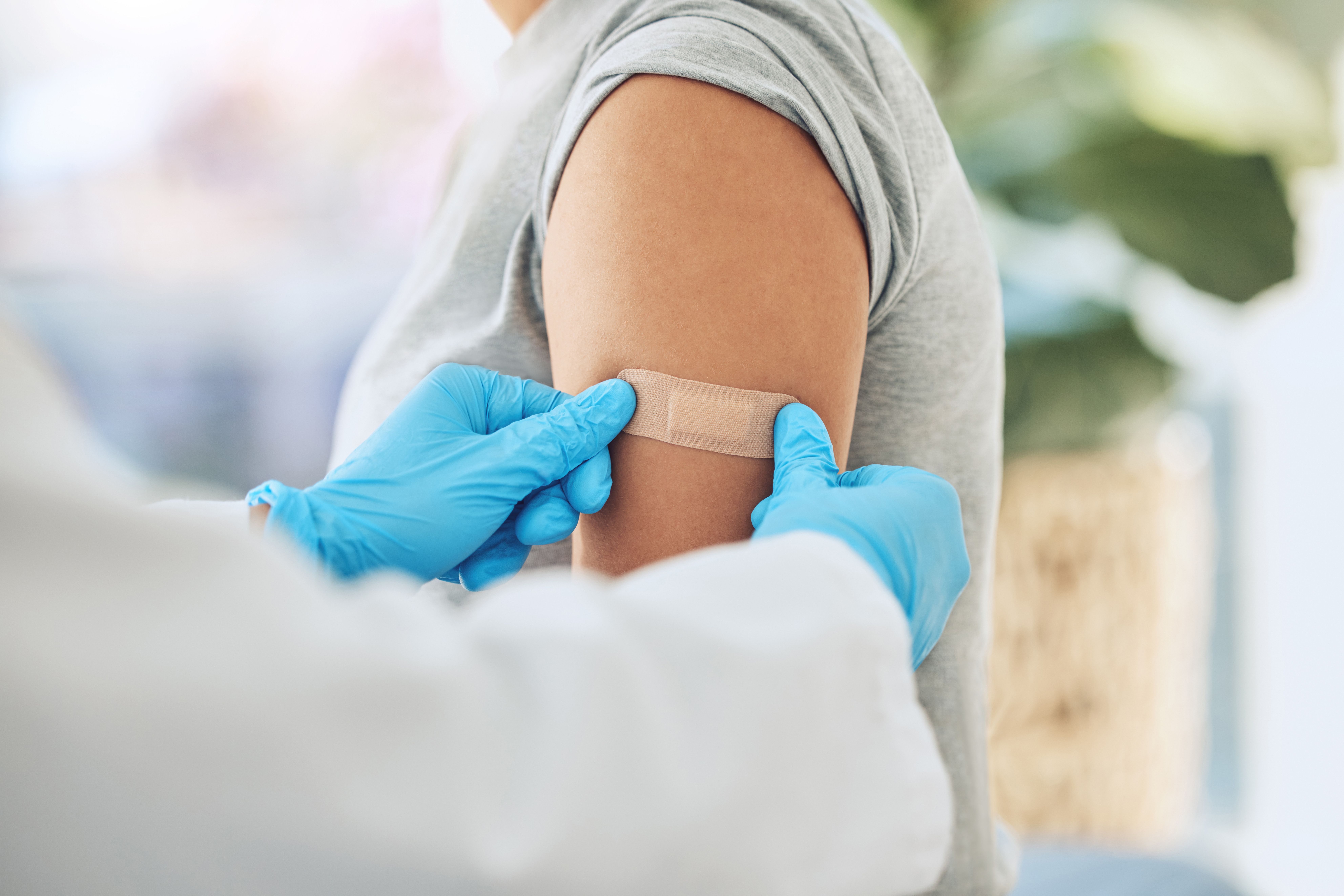Article
Pharmacists Demonstrate EpiPen Use More Accurately Than Doctors
Author(s):
Pharmacists generally demonstrate proper epinephrine auto injector use to anaphylaxis patients.
Pharmacists generally demonstrate proper epinephrine auto injector (EpiPen) use to anaphylaxis patients, a study published in Allergy, Asthma & Clinical Immunology found.
Across 300 community pharmacies, researchers from the University of Western Australia acted out a scenario of a patient who had experienced an initial anaphylaxis episode 1 week ago and then asked the pharmacist on duty how to use his or her epinephrine auto injector device correctly.
“As pharmacists are the sole suppliers of these devices, they represent the last chance to provide advice to patients about the devices,” lead study author Sandra M. Salter, PhD, told Pharmacy Times in an exclusive interview. “(There has been) increasing complexity of epinephrine auto injectors…coupled with a dramatic, recent increase in the incidence of anaphylaxis and a subsequent huge increase in supply of epinephrine auto injectors by pharmacists (700% in 10 years).”
Of the 266 pharmacists who were asked to demonstrate the use of the device in the study, less than one-fifth (18.4%) did so correctly, while 16 (6%) refused.
Breaking down the results by the 4 steps of the EpiPen’s anaphylaxis action plan:
- 222 pharmacists (88.8%) demonstrated the proper removal of safety caps
- 240 participants (96%) showed the correct placement of the device against the mid-anterolateral thigh
- 182 pharmacists (72.8%) accurately demonstrated how to inject the device
- 53 participants (20.8%) described what to do with the device following injection
The investigators noted that the first 3 steps are vital to receiving a dose of epinephrine, and 65.2% of pharmacists demonstrated them all correctly. Additionally, Dr. Salter said her research team determined that “pharmacists have much higher demonstration accuracy rates than doctors, specialists, and patients themselves.”
“Thirty-five percent of pharmacists made errors, (which is) less than the 80% to 90% of doctors who make errors,” Dr. Salter said. “But (that is) still not ideal when the risk of incorrect use is death.”
The most frequent error made by pharmacists was failing to say “do not touch the needle” or “massage injection site after use” of an original EpiPen, while other inaccuracies included failing to state “hold in place for 10 seconds” after injection or “push down hard/press the red button until a click is heard.”
Nevertheless, only 20 pharmacists incorrectly demonstrated thumb positioning over either end of the EpiPen. Furthermore, the majority of the pharmacists accurately explained the signs of anaphylaxis, asked whether the researcher was aware of his or her allergen, reminded the researcher to call an ambulance after administering, and examined the device’s expiration date.
“Auto injector demonstration is a more complex task than perhaps we realize,” Dr. Salter noted. “Pharmacists and physicians should be especially mindful of these tasks, as they are crucial to the patient receiving a dose of epinephrine.”
Newsletter
Stay informed on drug updates, treatment guidelines, and pharmacy practice trends—subscribe to Pharmacy Times for weekly clinical insights.

FDA Grants Full Approval to mRNA-1273 COVID-19 Vaccine in Children At Increased Risk




